Concrete Block Repair With Carbon Fiber
Carbon Fiber is Ideal for Fixing CMU Walls & Block Structures
Concrete blocks, or CMUs, are a common building material for load-bearing walls, especially when constructing foundations.
So how do you strengthen and repair a material used when strength is crucial? With carbon fiber.
Regardless of if the carbon fiber blocks are on a basement wall, the exposed exterior portion of a foundation wall or are part of a CMU pier, carbon fiber can be used to help repair, stabilize and strengthen them.
Basement Concrete Block Wall Repair

This is perhaps the best-known application of carbon fiber, and there is good reason why it is quickly overtaking traditional basement wall repair options.
The high tensile strength of carbon fiber strips provides an even stronger bowing wall stabilization tool than using steel I-beams.
Contractors prefer it for the ease of installation. Homeowners appreciate that their yard won’t be ripped up and that they can easily paint or drywall over the carbon fiber to hide the repairs.
While carbon fiber is run vertically to stabilize the wall, it can also be run along the crack in the block wall as well to further reinforce repairs made to the crack itself.
Why Carbon Fiber is Superior to Other Block Wall Repair Methods
As a contractor, among your goals is likely limiting call backs as much as possible. They cost you time and money and usually mean you have an upset customer.
Each of the other block wall repair methods have flaws that can spur callbacks even when the initial repair is doing what it was designed to do.
Steel I-beams for instance have two issues. The first is that, unlike carbon fiber, steel beams aren’t constructed to align themselves to a bowing wall. They are straight up and down, which means the only point of contact is the point where the bowing is greatest.
I-beams also have a natural degree of deflection when a force is applied to them. While the difference in deflection as the hydrostatic pressure being applied to the wall changes doesn’t pose a structural threat to the wall, it can be enough to reopen cracks.
And reopened cracks can spur calls from customers who assume the cracks mean the repair is failing.
Carbon fiber straps don’t have the same degree of give and therefore can not only strengthen the wall but also prevent the crack caused by the bowing from reopening.
Wall anchors and helical tiebacks have a different issue. Carbon fiber strips span the entire wall from top to bottom. The only point of contact on the wall for anchors and tiebacks is the plate to which the anchor is connected, which usually is placed in the middle of the wall. In some cases this can lead to cracking in the blocks above and below the plate, which are lacking in reinforcement.
Reinforcing CMU Piers
As with other kinds of piers and columns, piers or pillars made from CMU blocks can be strengthened with carbon fiber.
It can do this in two ways. First, uni-directional strips applied vertically can help stabilize the pier, providing the tensile strength to prevent any bowing. Second, strips applied horizontally can increase the confining strength of the pier and therefore increase its load capacity.
Ready to Strengthen Your Next CMU Wall Repair with Carbon Fiber?
At Carbon Fiber Support, we’re here to help contractors like you get the job done right—with high-quality materials and expert insight you can rely on. Contact us today to learn more about our carbon fiber products or to get personalized recommendations for your next project.




